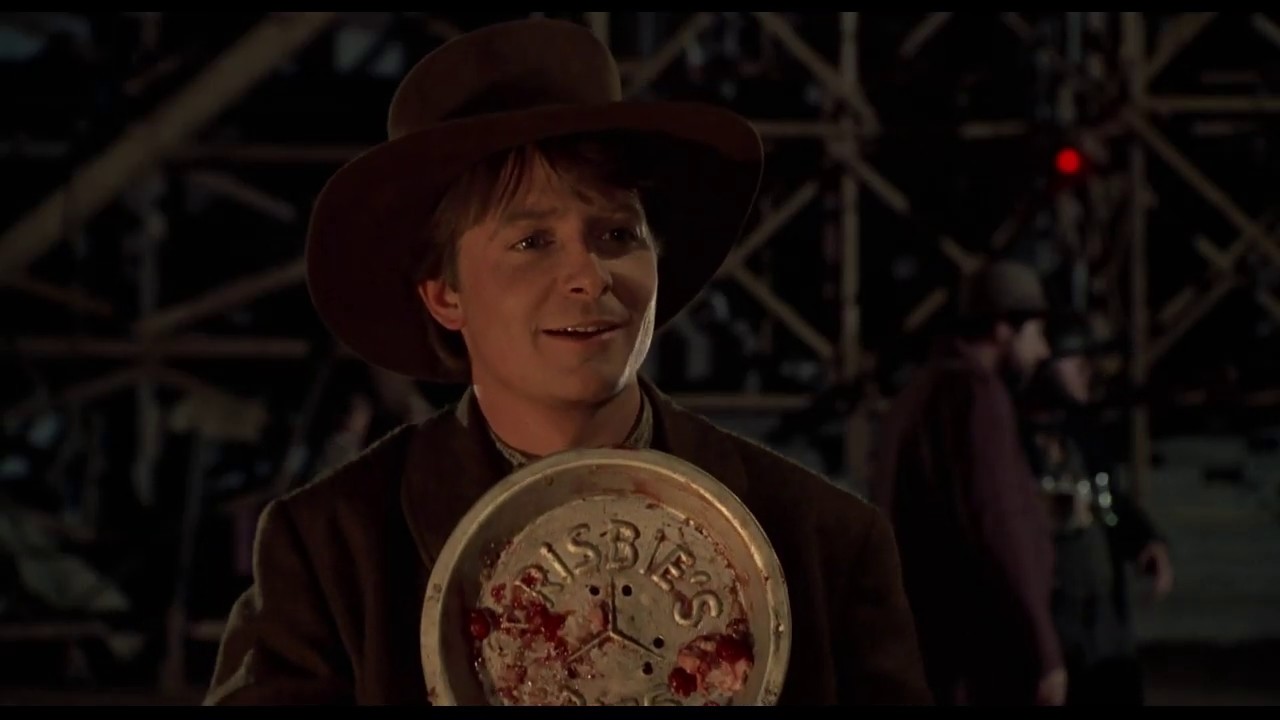Whether you prefer the classic original, the futuristic sequel or the Wild West-themed conclusion, there’s no doubt that Back to the Future should be considered one of the greatest film trilogies of all time. We’ve already blessed you with some tremendous time-hopping facts about Part 1 and Part 2, so it’s high time that we donned our stetson, readied our lasso and saddled our horse in order to supply you with 20 things you probably didn’t know about Back to the Future Part III. Yee-haw!
20. Michael J Fox came up with the idea of a Wild West-themed instalment
Whilst shooting the original Back to the Future, Michael J Fox told writer-director Robert Zemeckis that he would love to see Marty and Doc travel back to the Old West to meet cowboys. Both Zemeckis and the film’s co-writer and producer Bob Gale thought this was a great idea, and the pair decided that a Wild West-themed instalment would be a perfect conclusion to the trilogy.
The main backdrop to the cowboy settings was the scenic Monument Valley in Arizona. The area is on Route 163 and falls just north of the border with Utah. As well as Back to the Future Part III, you can spot this beautiful landscape in Once Upon a Time in the West, The Searchers, Stagecoach, My Darling Clementine and She Wore a Yellow Ribbon.

19. Zemeckis was editing Part II whilst Part III was being shot
A busy three week period where the shooting of Back to the Future Part III overlapped with the editing of Part II meant that director Robert Zemeckis had to oversee work on both films at the same time. Zemeckis was filming Part III in Sonora, California, whilst at the same time assisting Bob Gale with the editing of Part II in Los Angeles, over 300 miles away.
The editorial work for Part II was both innovative and cumbersome, as it was one of the earliest movies to include computer graphics amid live-action footage. Zemeckis had only directed three feature-length films prior to the Back to the Future trilogy: I Wanna Hold Your Hand, Used Cars and Romancing the Stone. Between Parts I and II, he also found the time to direct Who Framed Roger Rabbit.
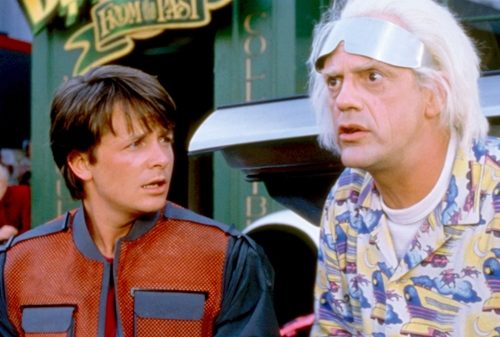
18. Michael J Fox was left unconscious filming the scene in which Marty is hanged
Michael J Fox certainly gives an impressive performance during the scene in which Mad Dog tries to lynch Marty, which may or may not have been at least partly due to an accident that saw the actor briefly being hanged for real. According to Fox, he “swung unconscious at the end of the rope for several seconds before Bob Zemeckis, fan of me though he was, realised even I wasn’t that good of an actor.”
Fortunately, the crew released Fox swiftly and revived him on-set. They had good reason to be cautious: during the production of Back to the Future Part II, one stunt actress named Cheryl Wheeler had a particularly nasty fall during a hoverboard scene. She survived but needed major reconstructive surgery to recover from her injuries.
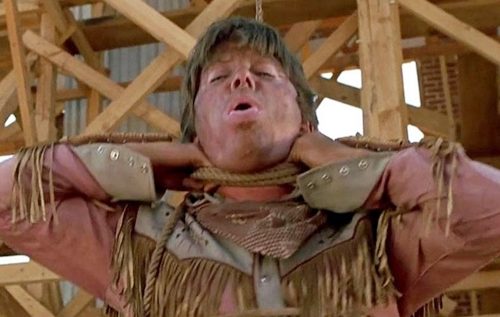
17. Mary Steenburgen tore a ligament in her foot filming the festival dance scene
Mary Steenburgen only signed up to star in Back to the Future Part III after being “hounded” by her children, even though the role of Clara Clayton was originally written with her in mind. Unfortunately, Steenburgen’s “overzealous dancing” during the filming of the Hill Valley Festival Dance scene led to the actress tearing a ligament in her foot.
A newcomer in this installment of the trilogy, Clara Clayton lives in Hill Valley and perishes when her wagon falls into a ravine – until Doc changes the timeline to save her. She becomes Doc’s girlfriend, in a relationship that was later developed in the Back to the Future animated series, in which the character winds up as an elementary school teacher in the 1990s.
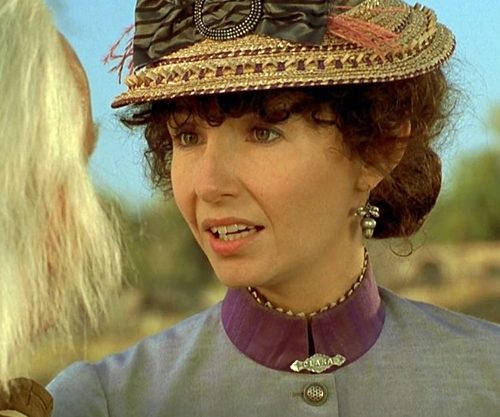
16. It features Christopher Lloyd’s first ever on-screen kiss
Despite having been a prolific actor for nearly 15 years prior, Back to the Future Part III features Christopher Lloyd’s first ever on-screen kiss. Yes, the moment his character Emmett ‘Doc’ Brown gets intimate with Mary Steenburgen’s Clara Clayton was the first time the then 51-year-old Lloyd had locked lips with a lady on the silver screen.
In fact, he barely had any onscreen romances, with the exception of his role as the Klingon Captain Kruge in Star Trek III: The Search for Spock, who falls in love with Valkris but never meets her. Behind the scenes, though, Christopher Lloyd had a wide-ranging love life. He has married five times, most recently tying the knot with real estate agent Lisa Loiacono in 2016.
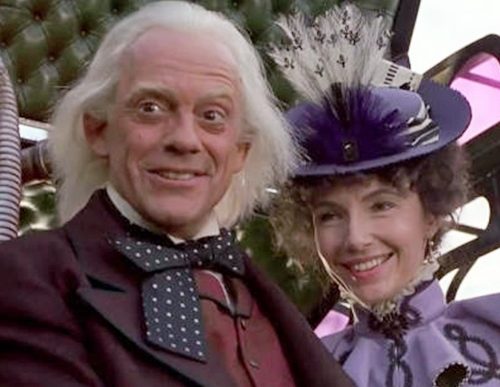
15. Thomas F Wilson performed nearly all of his own stunts
Part III’s Wild West theme gave filmmakers the opportunity to hire a number of well-known stunt performers, with producer Bob Gale recalling that they “had every great stuntman in Hollywood wanting to work on [the film].” Buford Tannen actor Thomas F Wilson was keen to perform his own stunts, however, so he spent a great deal of time learning how to ride a horse and accurately throw a lasso.
The first Back to the Future movie was Wilson’s breakthrough role and it remains his best-known. In the original he plays bully Biff Tannen, and in the sequels he plays Biff’s grandson Griff Tannen and even Biff’s great-grandfather Buford ‘Mad Dog’ Tannen. In all three movies, Wilson’s characters pursue Marty and then crash into a pile of manure.
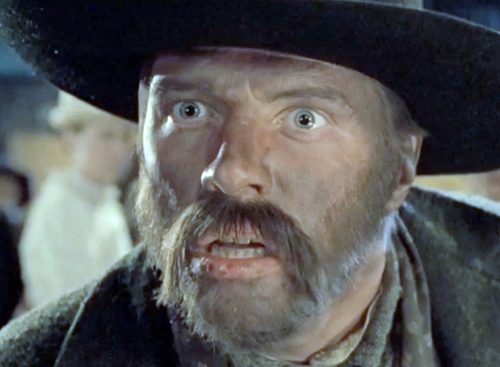
14. Filming was suspended twice due to issues in Michael J Fox’s personal life
The budget of Back to the Future Part III was stretched considerably when issues in Michael J Fox’s personal life meant that filming had to be suspended on two separate occasions. The first pause came after Fox’s father passed away, and the second was for the birth of his son, Sam, on May 30, 1989 – the first of four children he would have with his wife Tracy.
Now in their 20s and 30s, Sam and his siblings recently persuaded Michael J Fox to revive Marty for a Lil Nas X music video for the song Holiday. “They’re young adults,” Fox later said of his children. “They went crazy. They’re like, ‘You have to do this. If you do nothing else this year, you do this,’ and I did it. I hadn’t met Lil Nas yet, but when they came to shoot the video they were great. They shot it right here in my office.”
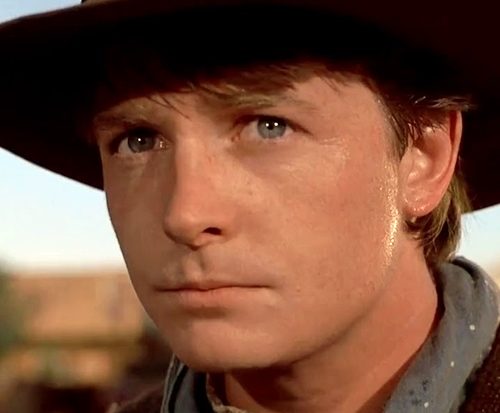
13. The film was released just six months after Part II
Back to the Future Part III was released just six months after Part II, due to the two films having been filmed back to back with just a short break in between. Part III brought home an impressive worldwide gross of $244 million from a budget of $40 million, making it the sixth highest-grossing film of 1990 behind the likes of Ghost, Pretty Woman and Home Alone.
This speedy turnaround must have been satisfying for producer Bob Gale, who has described how uncertain the future of the Back to the Future franchise once was. “We had no idea anybody would even go!” he said of the first film. “The original script had been rejected 40 times, so we had no idea if anyone was going to show up at the theatre when it opened.”

12. The Hill Valley set was used in a number of subsequent films
The impressive Hill Valley set was built specifically for the film, but the location was also used in a number of subsequent Hollywood productions (minus the clock tower, which Universal Studios took down once shooting had wrapped). Films that utilised the set in the years that followed Back to the Future Part III included Clint Eastwood’s Unforgiven.
Crated in Sonora, California, the Hill Valley land didn’t cost the producers a penny in rent. In return, they left up the buildings for future movie makers. Sadly it only stood for six years of bustling Hollywood output before a lightning bolt struck the area on August 10 (ironic, considering what happens in the original Back to the Future). This led to a 7000-acre fire that burned the whole town to the ground.

11. A fourth instalment was never considered
At the film’s conclusion, Doc responds “nope, already been there” when Marty quizzes him about whether he’s going to go “back to the future,” leading many to believe that a sequel might be on the way. But in 2017 Bob Gale confirmed that this was never the intention, revealing that Doc’s comment was “a joke, it’s just showmanship.”
After this ending, however, the risk of continuity errors sprang up as John Barber and Bob Gale created the comic book series Back to the Future: Tales from the Time Train. Referring to the Part III ending, Gale told Barber, “Well, we’ve gotta pay that off. Doc’s already been to the future? We’ve got to show that.” He has also commented on the book series, “I certainly wasn’t going to allow the mythology to get screwed up in any way.”
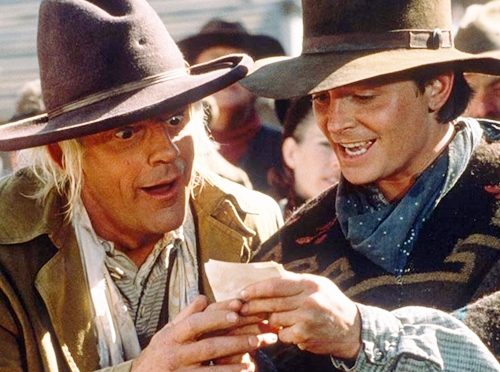
10. Ronald Reagan was offered a role in the movie
A perhaps unlikely megafan of the Back to the Future franchise was Ronald Reagan. He was the President when the first movie came out, and watched it in the White House movie theater. Apparently he was so entertained by Doc Brown’s comments about him – an actor-turned-politician – that he asked the projectionist to rewind and replay that scene.
He even referenced Back to the Future in his 1986 State of the Union address, saying, “Never has there been a more exciting time to be alive, a time of rousing wonder and heroic achievement. As they said in the film Back to the Future, ‘Where we’re going, we don’t need roads.'” As a result, producers offered him the role of the Mayor of Hilly Valley in Part III – an offer that Reagan did consider, but ultimately turned down.
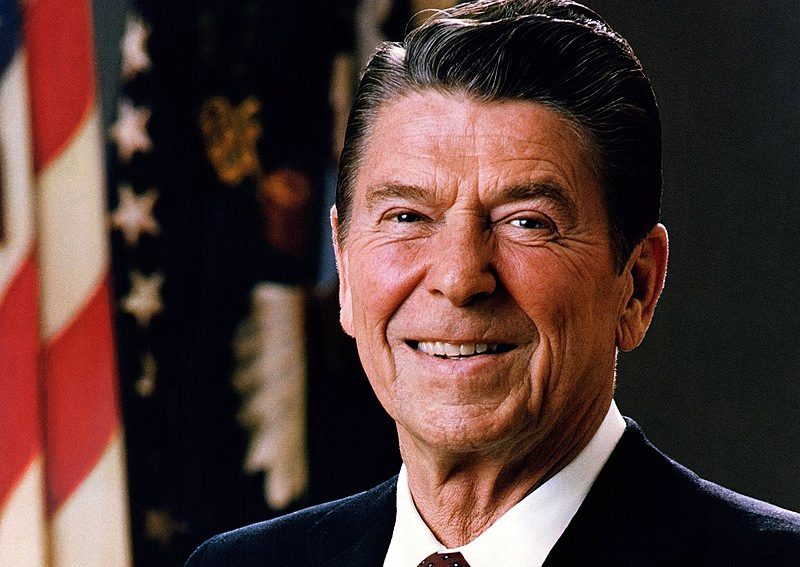
9. A murder scene was deleted from the final cut
In a deleted scene, Marshal Strickland (who maintains law and order in Hill Valley) interferes with Buford and his henchman. He is trying to prevent them from fighting Marty. Buford agrees to cease the violence, and watches Strickland leave – until Buford shoots Strickland in the back, shouting out in glee to the dying man, “I lied!”
This shocking moment didn’t make the final cut because the filmmakers deciding it was too upsetting. What’s more, if Marty then tried to avenge Strickland by killing Buford, Buford would not go on to spawn the Tannen family line (including Biff). However, traces of this decision can be found in the movie: Buford’s gang is ultimately arrested by Strickland’s deputy rather than Strickland, plus the line “You’re under arrest for the murder of Marshall Strickland” was redubbed to “You’re under arrest for robbing the Pine City stage!”

8. The Man of 10,000 Sound Effects created the sounds of Marty’s breakdancing
Michael Leslie Winslow is known as ‘The Man of 10,000 Sound Effects’, thanks to his incredible vocal abilities. You may recognise him from the role of Larvell Jones in Police Academy, as well as parts in Spaceballs, Nice Dreams and The Love Boat. In 2021, Winslow reached the semi-finals of America’s Got Talent, Season 16, for his extraordinary sound effect act.
As a rising star in 1986, Winslow was chosen to present the Oscar for Best Sound Effects Editing – which was won by Back to the Future. Four years later, he joined the crew to boost their sound effects. It was Winslow who created all the sounds of Michael J Fox’s break-dancing – including a spot of moonwalking – in the role of Marty.
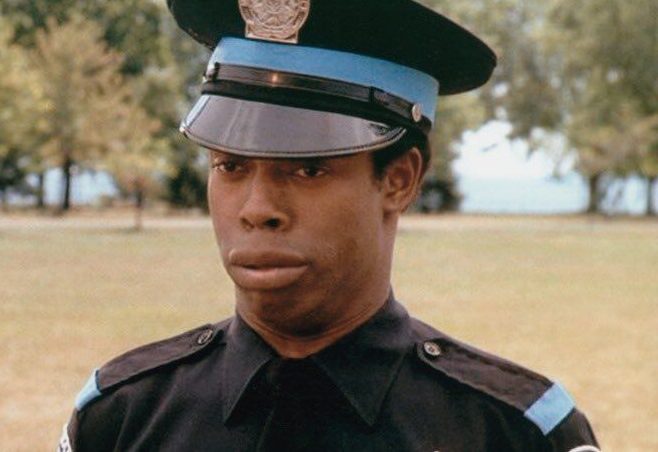
7. A real-life love story lies behind the character Clara Clayton
“Clara was one in a million… One in a billion… One in a googolplex… The woman of my dreams, and I’ve lost her for all time,” Doc says of the bright and brilliant Hill Valley schoolteacher. He saves her from certain death as her buckboard, pulled by spooked horses, plunges into a ravine, and as a result, Doc alters the town’s timeline.
But a lesser-known fact about Clara Clayton is that her exploits were based on a real-life woman. Clara Clemens was the only surviving child of the author Mark Twain. Reportedly, she once went for a horse-drawn sleigh ride with the Russian pianist Ossip Gabrilowitsch, and the horses took fright. Gabrilowitsch leapt in to save Clemens from a 50-foot drop, and the pair later married.
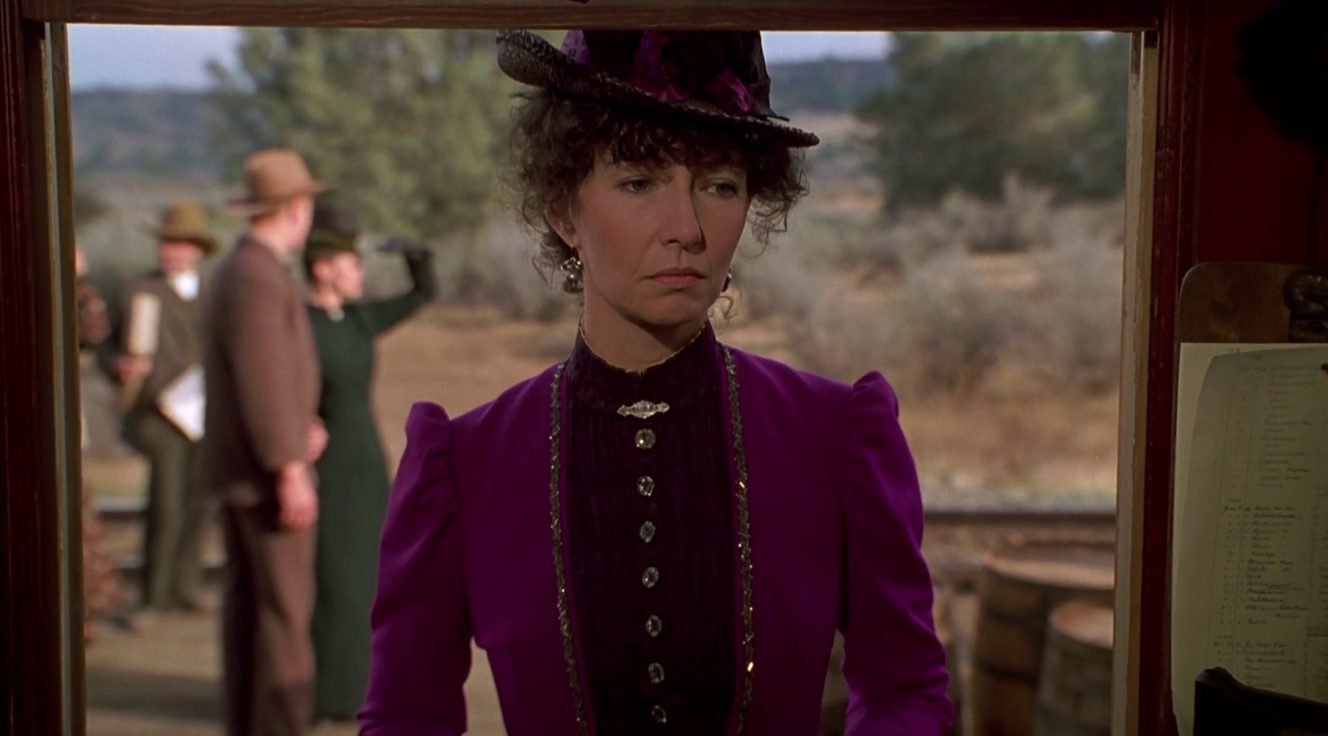
6. The filmmakers asked permission to use Clint Eastwood’s name
Back to the Future Part III is riddled with references to Clint Eastwood movies – as well as plot elements, there are names and posters hidden throughout the film as Eastwood Easter Eggs. But most obviously, Marty McFly adopts ‘Clint Eastwood’ as an alias in the old town, to evade any suspicion from his great-great-grandparents, Seamus and Maggie McFly.
The filmmakers reportedly sought out Eastwood’s permission to borrow his name in the film, and the Hollywood legend was entertained by the tribute. This good-natured response showed that a past rivalry was long forgotten: Clint Eastwood’s 1985 movie Pale Rider was knocked off the Number One spot at the box office by, you guessed it, Back to the Future.
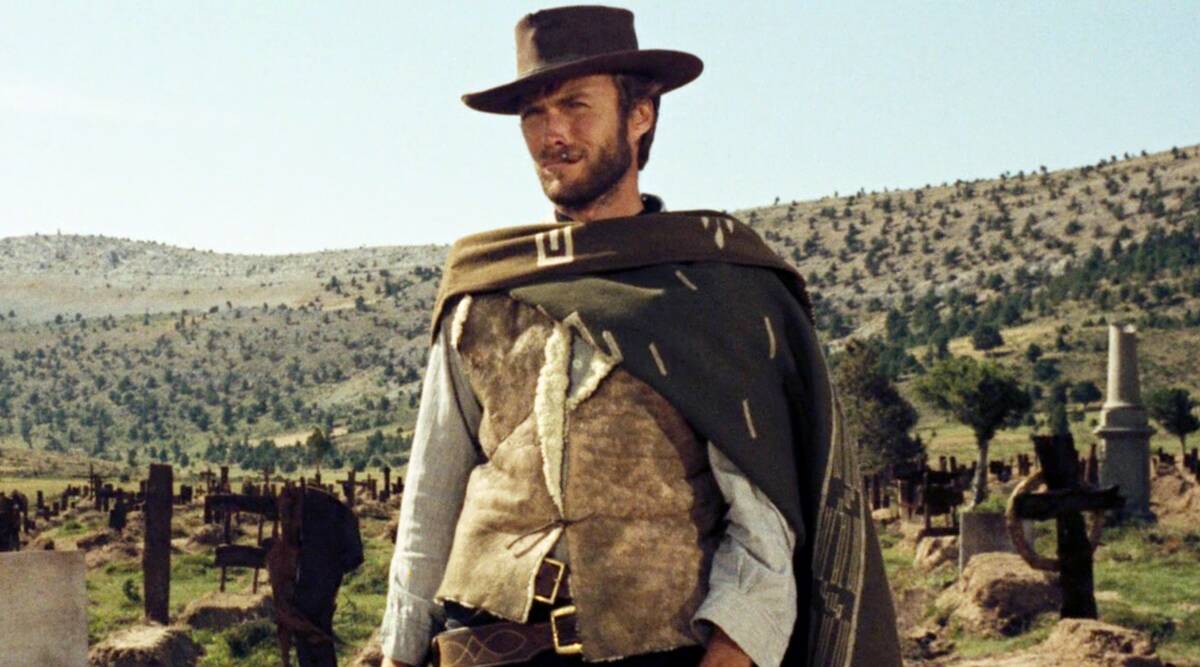
5. A broken camera meant the cast could jam out with ZZ Top
The American rock band ZZ Top was cast as the Hill Valley’s town band. The movie included a country rendition of their song Doubleback, from the 1990 album Recycler. You can hear the original version of this song during the movie’s end credits. It was a busy year for the band: that same year they also featured as the ‘Three Men in a Tub’ in the movie Mother Goose Rock ‘n’ Rhyme.
According to ZZ Top singer Billy Gibbon’s autobiography (entitled Billy Gibbons: Rock & Roll Gearhead), a camera broke during one of the scenes starring the band. As the actors waited around, Michael J. Fox cheekily asked if the band would play Hey Good Lookin’, which soon transformed into a two-hour jamming session and party. Reportedly Robert Zemeckis later said that the camera had long been fixed – he just didn’t want to interrupt the fun.

4. Three Western legends loafed around in the saloon scenes
In Back to the Future Part III, the Palace Saloon sits at the corner between Hill Street and Main Street. It’s where Doc drinks whiskey until he passes out, and also where Marty first meets the menacing Buford Tannen. This pre-Prohibition bar is run by Chester, who won’t serve water: “You want water, you better go dunk your head in the horse trough out there. In here, we pour whiskey. ”
In the saloon scenes, you can spot the actors Dub Taylor, Pat Buttram and Harry Carey Jr. Each is credited simply as a “Saloon Old-Timer.” Despite their small roles, these three actually starred in hundreds of different Western movies and TV shows. The trio were famous for playing sidekicks, townsfolk and drunks, bringing a lot of personality to the small-town settings.

3. The movie completely divided critics
Many of the cast said that Back to the Future Part III was their favourite instalment of the trilogy. Critic Leonard Maltin was inclined to agree with them, giving it 3 1/2 stars out of four and declaring that this cowboy romp “offers great fun, dazzling special effects, and imagination to spare. There’s real movie magic at work here.”
However, other critics were very scathing about the conclusion to this beloved franchise. “The only true surprise of this movie is how lazy it is,” wrote Owen Gleiberman for Entertainment Weekly. “The weakest of the three, 1990’s third entry is also the most conventional,” critic Matt Brunsen also added. The movie currently has an audience score of 78% on Rotten Tomatoes.

2. It was Pat Buttram’s last ever onscreen movie role
For Pat Buttram, one of the aforementioned “Saloon Old-Timers”, Back to the Future III was the end of a long and illustrious on-screen career. This character actor’s best-known role was as the sidekick of Gene Autry, the Singing Cowboy, with whom he starred in over 40 films. Buttram was also known for playing Eustace Haney Mr. Eustace Haney in the 1965–1971 TV comedy Green Acres.
Most distinctive about Buttram’s acting was his unusual voice, which he himself said “never quite made it through puberty”. He voiced various Disney characters over the decades, and though his last on-screen appearance was in the Palace Saloon, his voice featured posthumously in 1995’s A Goofy Movie. Buttram passed away in 1994 at the age of 78.
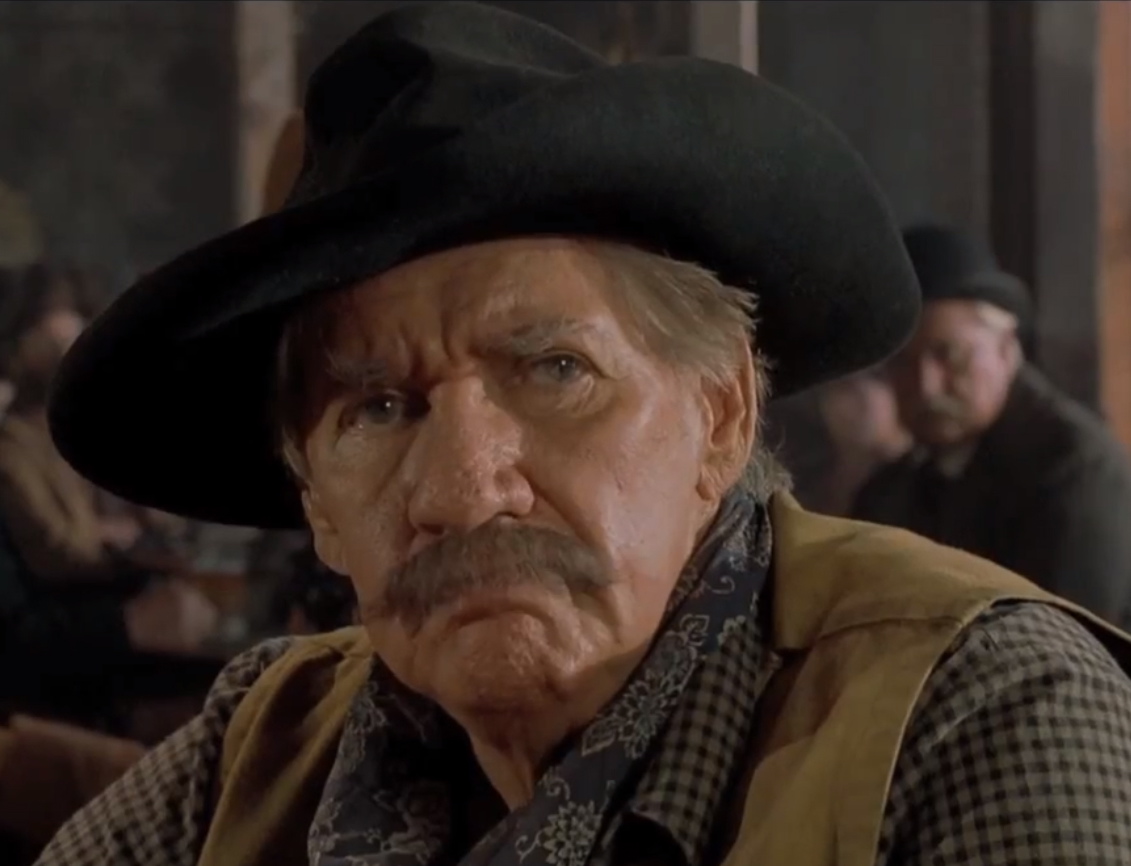
1. The movie nods to the origins of a beloved toy
In this movie, Marty tosses a metal plate to disarm ‘Mad Dog’ Buford. On closer inspection, the plate reads ‘Frisbie’s’. This real-life pie company in Connecticut opened for business in 1871, over a decade before the events of this film. In the 1950s, a trend at Yale University emerged from this unusually speedy item of crockery.
Students were turning Frisbie pie dishes upside down and using them to play Catch, nicknaming the accidental toy a “Frisbie”. Soon afterwards, the Wham-O co-founders Richard Knerr and Arthur “Spud” Melin named their new toy the Frisbee, after the same pie company that entertained students and that saves Marty’s neck.
